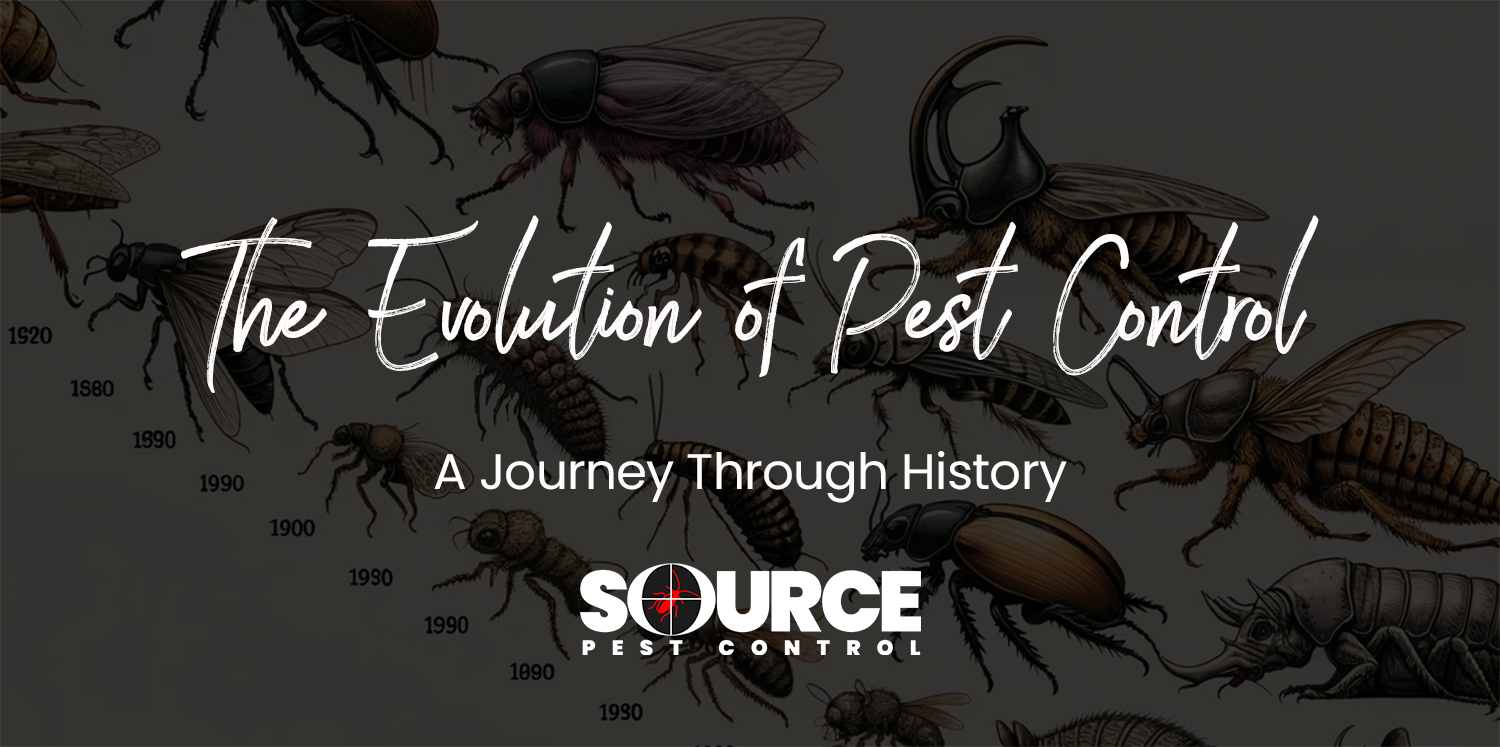The Evolution of Pest Control: A Journey Through History
Pest control, a crucial aspect of human civilization, has a fascinating history that mirrors our evolving relationship with nature. From ancient times to the present, the ways in which humans have dealt with pests have been as diverse as the pests themselves.
The latter half of the 20th century and the early 21st century have seen a shift towards Integrated Pest Management.
Ancient Beginnings
The story of pest control begins in the agricultural societies of ancient civilizations. Early farmers faced the constant challenge of protecting their crops from insects and rodents. Historical records, including those from ancient Egypt and Sumeria, show that people used rudimentary methods such as manual removal of pests and the use of natural repellents like sulfur.
The Middle Ages and Beyond
During the Middle Ages, pest control took a more organized form. With urbanization, the problems of rats and mice became more acute, leading to the emergence of professional rat-catchers. Interestingly, cats and ferrets were also popular for controlling rodents.
The Birth of Chemical Pest Control
The real turning point in pest control history came with the industrial revolution. The discovery and use of chemicals like arsenic, mercury, and lead marked the beginning of chemical pest control in the 18th and 19th centuries. However, the harmful effects of these heavy metals were not initially understood.
The 20th Century: Advances and Awareness
The 20th century saw significant advancements in chemical pest control with the synthesis of DDT (dichlorodiphenyltrichloroethane) in the 1940s. DDT was initially hailed as a wonder chemical, effectively controlling mosquitoes and other pests. However, the environmental and health impacts, famously highlighted in Rachel Carson’s book “Silent Spring,” led to a reevaluation of such chemicals.
Integrated Pest Management and the Future
The latter half of the 20th century and the early 21st century have seen a shift towards Integrated Pest Management (IPM). IPM emphasizes understanding the ecology of pests and using a combination of methods such as biological control, habitat manipulation, and the use of resistant varieties. The focus is on sustainable and environmentally friendly pest control strategies.
Conclusion
The history of pest control is a testament to human ingenuity and adaptability. As we continue to face challenges like pesticide resistance and environmental concerns, the future of pest control lies in innovative, sustainable methods that balance effectiveness with ecological responsibility.




